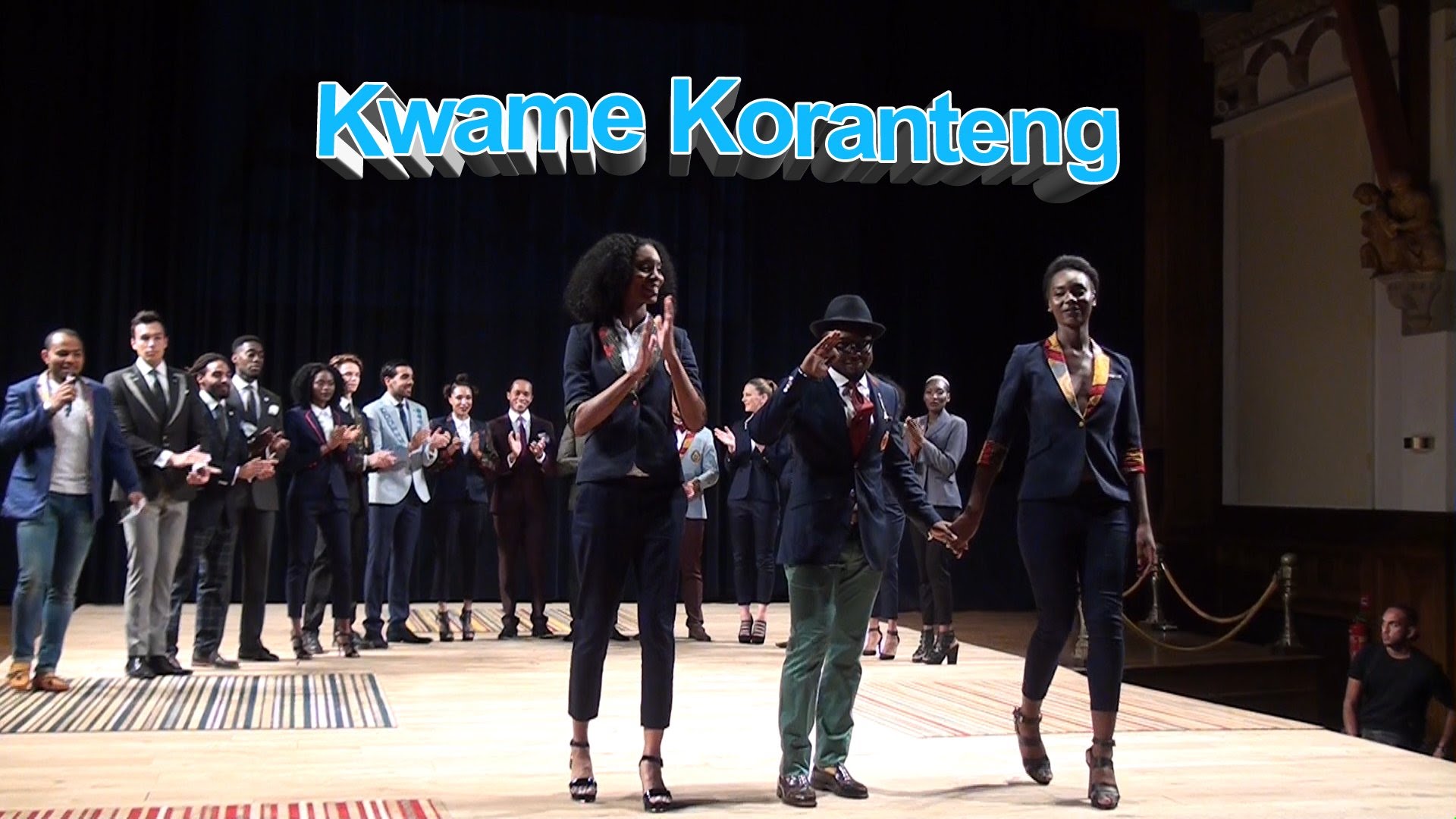The Adumu better known as the jumping dance is just one in a series of rituals that make up the Eunoto, the ceremony in which the junior warriors, or Morani, graduate to the ranks of manhood. Maasai tribesmen often perform an abbreviated version The Adumu, like this performance for tourists in Zanzibar
- This is a variation of The Adumu, often called the “Jumping dance.”
- It is a highly recognizable ritual of Maasai life.
- Maasai tribesmen often perform an abbreviated version The Adumu, like this performance for tourists in Zanzibar
- The Adumu is just one in a series of rituals that make up the Eunoto, the ceremony in which the junior warriors, or Morani, graduate to the ranks of manhood.
- Though the jumping dance is the most unusual and best known, there are plenty of other traditional dances that the Maasai perform.
- There are dances for celebration when a lion is killed by the warriors, a dance for the blessing of cattle, and dances performed at wedding ceremonies.
- Most of the Maasai dances are pretty simple, and consist of a lot of bending, but with the feet staying still on the ground.
- The Maasai generally don’t use musical instruments when they are singing or dancing. All of their music is vocal, except for a large horn that is used for certain songs.
- The beads that both the men and women wear create a jingling sound themselves while the Maasai jump and dance.
- Maasai music traditionally consists of rhythms provided by a chorus of vocalists singing harmonies while a song leader, or Olaranyani, sings the melody. Lyrics follow a typical theme and are often repeated verbatim over time.
- The Maasai are native to Kenya and Tanzania







